Roombas and other smart vacuums are amazing gadgets. They save people a ton of time because they vacuum the house automatically while we’re asleep or at work. If you have a Roomba or any other brand, you know how convenient and helpful they are.
However, Roombas take some time to set up so they can clean your house thoroughly. Depending on the model you buy, you’ll get different features that can make the task of cleaning harder or easier. Most of them come with mapping capability and timers, but not all.
If you already mapped your Roomba to your old house, you’ll have to do some work to get it up and running in your new place. Mostly, it involves updating your Roomba’s home base to map a new house and get access to all of the great features of the self-driving vacuum.
Whether you recently moved or are planning to move to a new house, here are some easy tips on moving your Roomba to make a smooth transition.
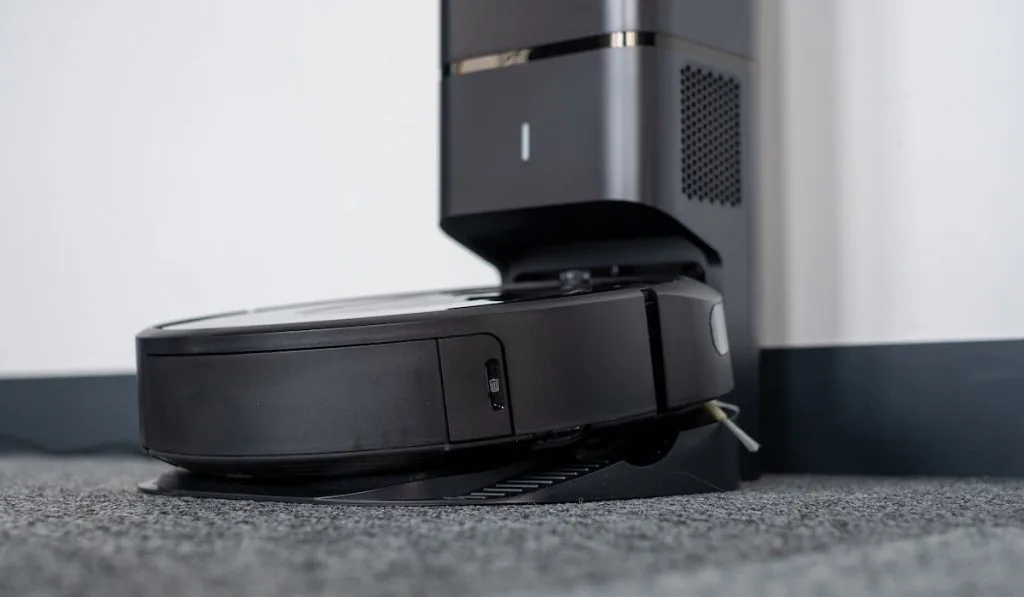
Move Your Roomba’s Home Base
Moving your Roomba’s home base is the first thing you’ll want to do in a new house. The home base is how your Roomba charges its battery. Find a good spot for the home base that’s discreet and easy for your Roomba to access.
Take care of where you choose. Some people like putting Roomba bases under desks or side tables. It’s a decent choice because it’s hard to see, but it also makes it harder for the Roomba to get in and out.
The last thing you want is to plan on having a clean house when you get back from work, only to see your Roomba stuck next to its base.
Beware of Stairs
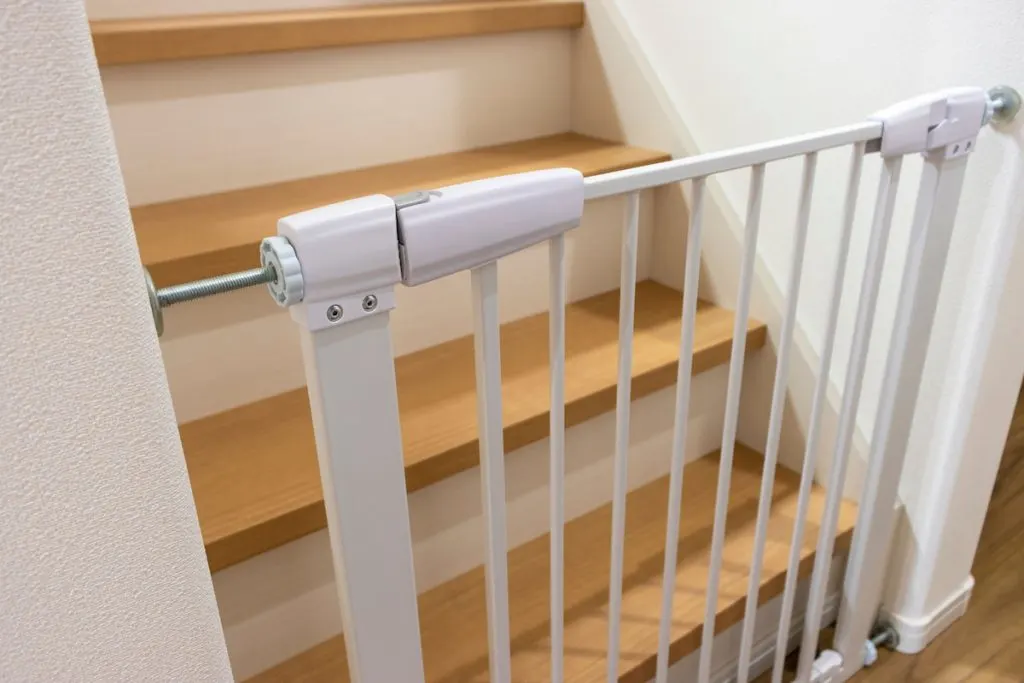
If your Roomba is new to stairs, you may want to buy a children’s stair gate to prevent your vacuum from taking a spill. Some Roombas can map where the stairs are, but not everyone can go through the mapping process the day they move in. Instead, they let their Roombas run automatically.
Ideally, the Roomba will do a good job sensing where edges and drop-offs are, but they’re not perfect. So, keep your Roomba safe with some sort of barrier next to any stairs until you can map the second or third floors in your new house.
Add New Maps
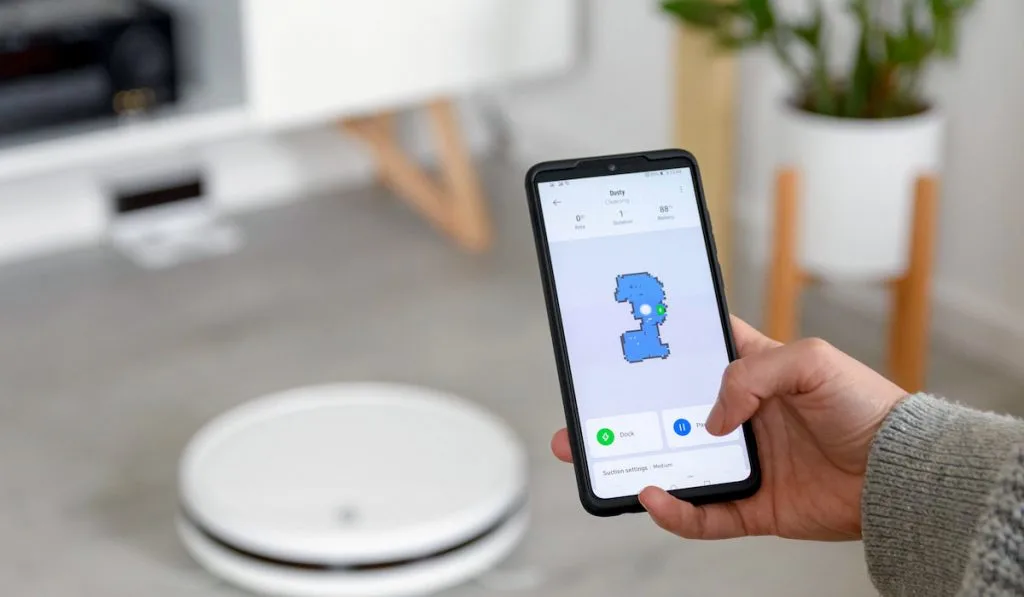
You don’t have to delete your old house map when you move to a new house. Instead, you can just add a new map and make sure the new map is selected when your Roomba is running.
Most Roomba models can have around ten different maps, so there’s plenty of space inside for it to track new rooms, basements, offices, and living areas.
Find the Best Spot for Your Roomba Base
When you move into a new house, you must find a good spot for the Roomba base to help your vacuum reach all the spots you want to clean. Newer Roomba models have good distance performance, but they all have proximity limits.
If you put your home base on one end of the house, you may not get the other side completely clean. Instead, position your Roomba home base towards the center of the house, so it can always sense where the base is and give you a more thorough clean.
Wait Until You’re Unpacked
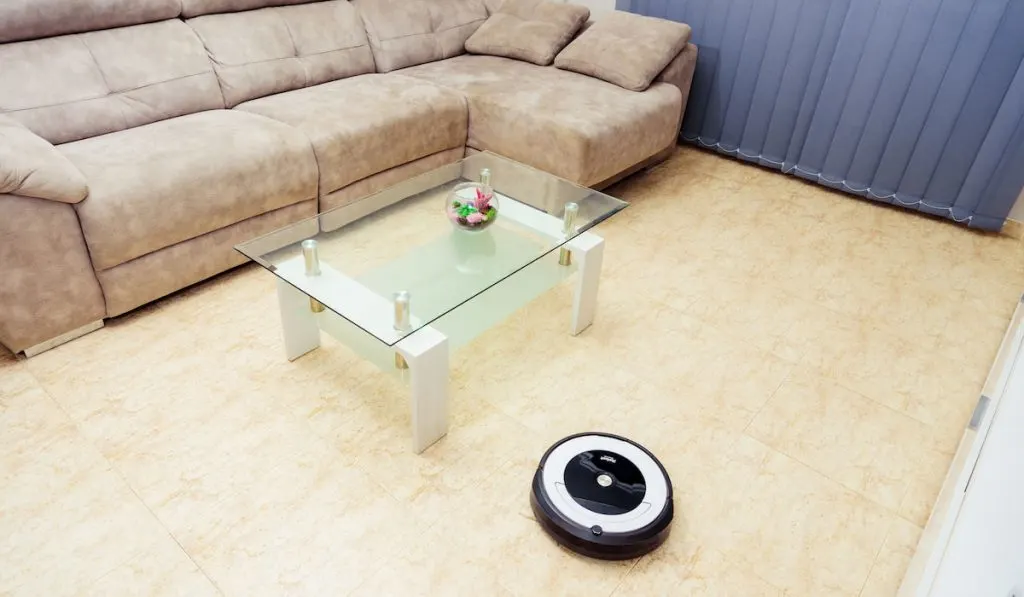
You may want to wait until you unpack all of the boxes in your new house before you start mapping your floorplans. Boxes take up a lot of space, and your Roomba will map where the boxes are and won’t vacuum those spots once they’re gone.
Settling in a bit more will also help prevent your Roomba from getting stuck on cables, small toys, and other items that are only on the ground temporarily. Waiting until you’re unpacked is smart because it avoids damage to your vacuum.
Expect Interior Design Changes
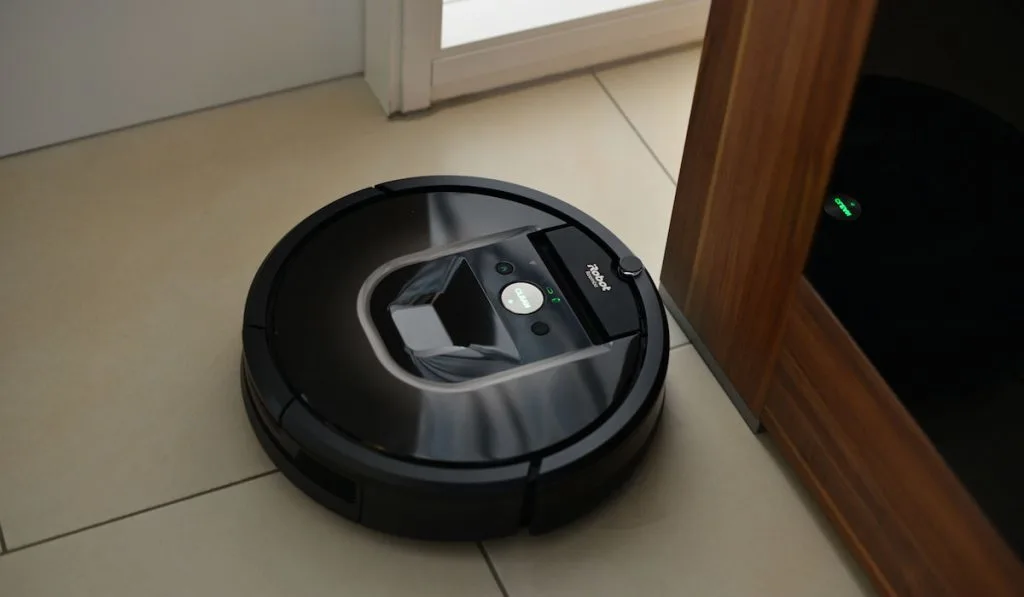
It’s normal for people to change their minds about where furniture and other decorations go when they move into a new house. One day they’ll like the dining table positioned a certain way, and the next, they’re moving it to an entirely new part of the house.
The point is your Roomba may not adjust to changes in decor. Unfortunately, that means you’ll spend more time mapping your floors each time you switch things up with the furniture.
You may want to run the Roomba on automatic mode instead of using saved maps until you’ve settled on floorplans and interior design you like.
Leave Some Light on at Night
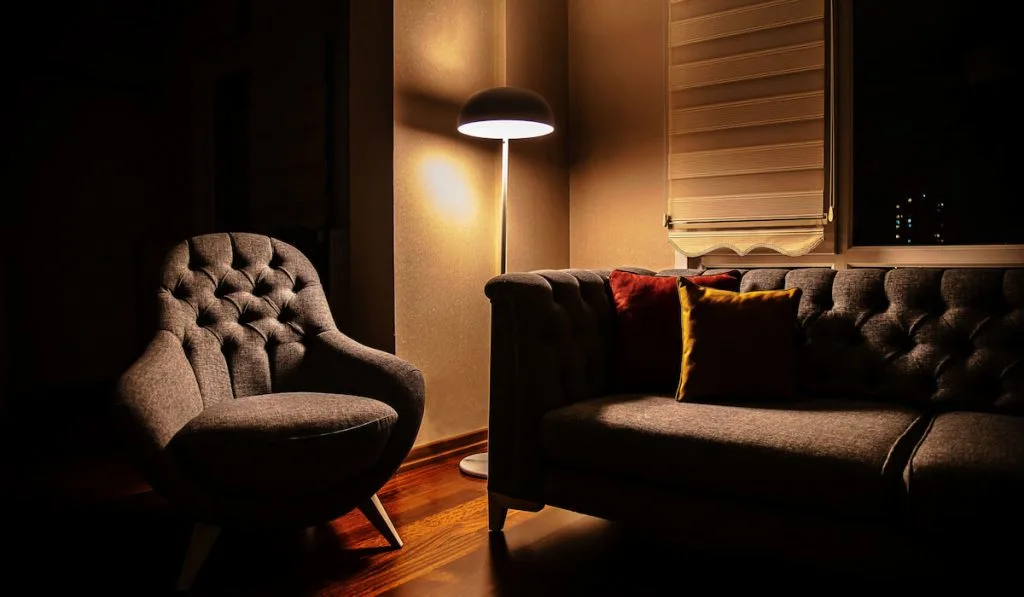
If your Roomba runs at night, it’s a good idea to leave some lights on when you go to sleep. You’re also in an unfamiliar place when you wake up at night. You won’t walk around with the same confidence as in your old house, knowing where each wall or step is.
You can easily step on a running Roomba when it’s too dark because you don’t expect it to be there. Leaving a night light on will stop you from hurting your Roomba or yourself.
Some robot vacuums also need light because they use optical sensors. If it’s completely dark, they won’t see as well, so you won’t have spotless floors when you wake up in the morning.
Conclusion
Roombas and other robot vacuums are easier than ever to set up. They have more advanced technology that makes getting started a breeze.
However, moving into a new house can be challenging, especially if it’s been years since you programmed or mapped your Roomba. You may have forgotten how to do it, so a refresher on setting up your smart vacuum is required.
Thankfully, you can use video tutorials to get it going in your new place in just minutes. Ensure no hazards are in the way or on the floor that could damage your device.
After setting up your Roomba in your new house, you’ll enjoy the same outstanding performance you had in your old home.
